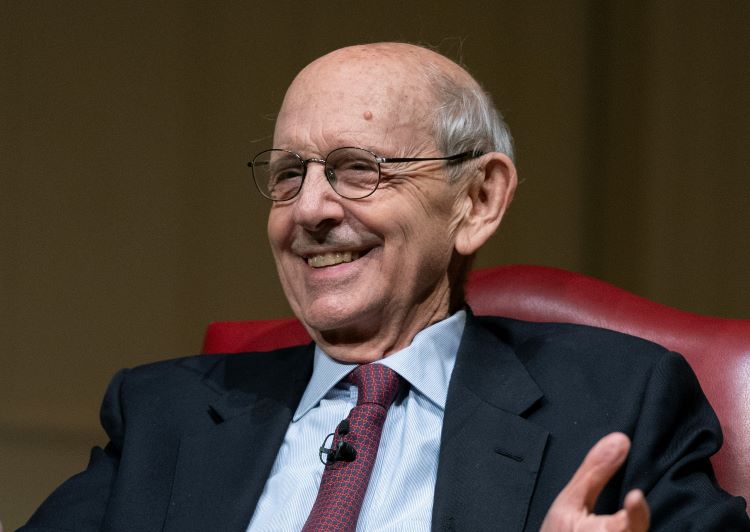Execution is less likely than reversal after a death sentence, study finds
Only 16 percent of people sentenced to death between 1973 and 2013 have been executed, a finding with troubling implications, according to the authors of the statistical study.
Even if those on death row in 2013 are excluded; only about 24 percent of inmates sentenced to death were executed, according to a Washington Post article by the study authors University of North Carolina-Chapel Hill political science professor Frank Baumgartner and former UNC student Anna Dietrich.
Those sentenced to death were almost three times as likely to see their sentence overturned on appeal and to be resentenced to a lesser penalty than they were to be executed.
The study found that 8,466 death sentences were imposed between 1973 and 2013. Of that number, 3,194 inmates had their sentences overturned on appeal; 2,979 remained on death row; 1,359 were executed; 509 died from suicide or natural causes; 392 had their sentences commuted to life in prison; and 33 had some other outcome.
“Ultimately, the American system of capital punishment arguably creates unnecessary suffering for both those defendants sentenced to death and the surviving family members of the victims of the crimes for which the defendants were convicted,” Baumgartner and Dietrich write. “A system that ensures prolonged court time, automatic appeals for the convicted inmate–most of whom are eventually successful–and only a small chance of actual execution is a system built on false promises for everyone, and indeed one that seems to verge on torture.”
Hat tip to the Marshall Project.



